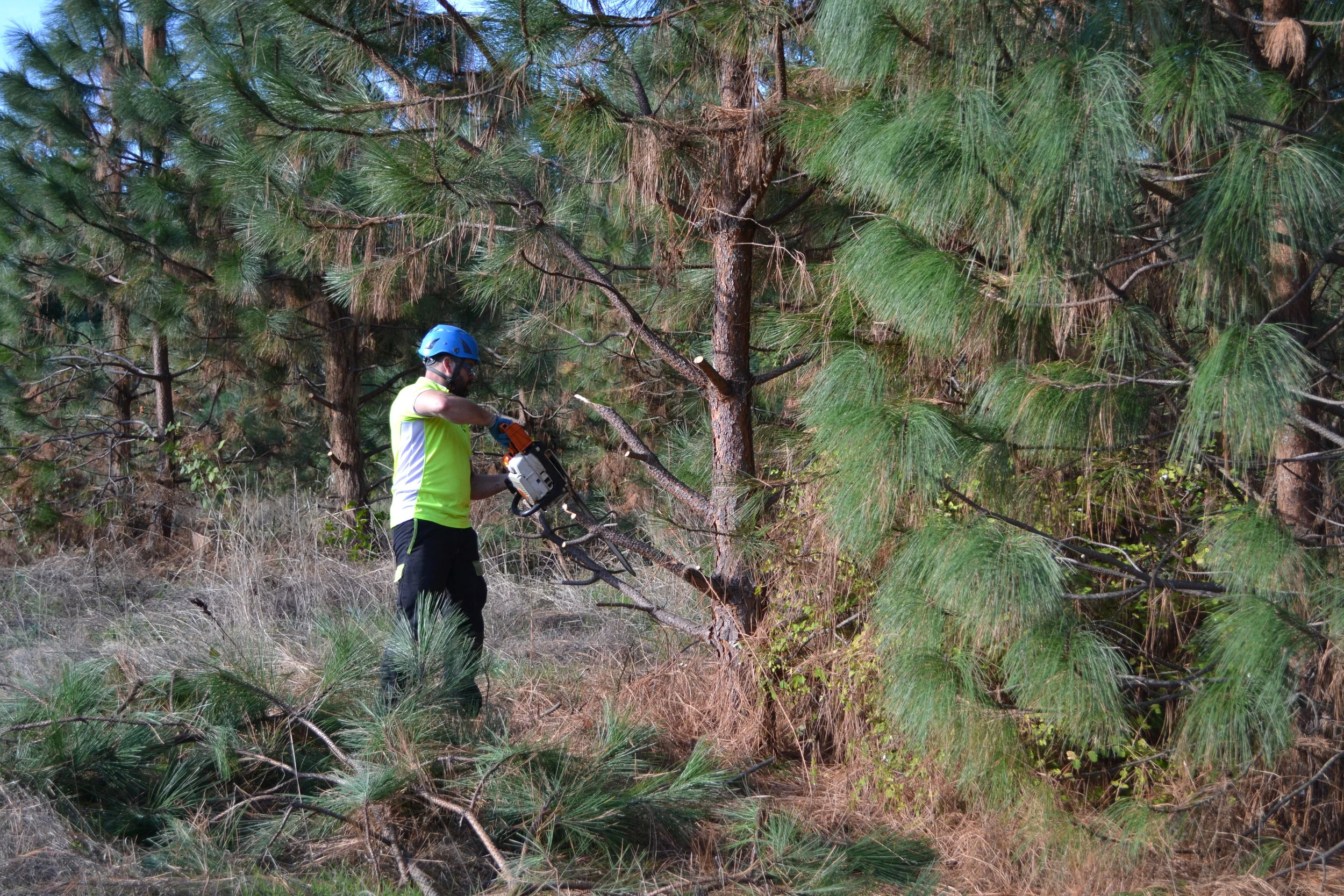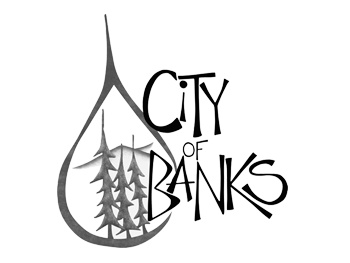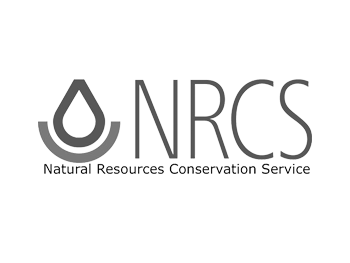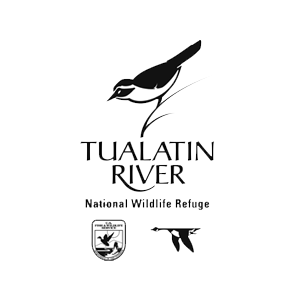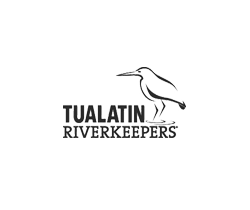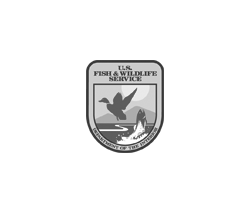Between 2005 and 2025, Tree for All Partners restored more than 150 riparian miles and planted more than 17 million native trees and shrubs. More than 40 case studies were published to document the efforts that made it possible.
Connecting Conservation Lands for Mutual Benefit
Located along the Tualatin River just south of Forest Grove, the 47-acre Maroon Ponds Natural Area is a rural site featuring a diverse mix of plant communities and habitat for many native wildlife species, including beavers, shorebirds and a variety of amphibians.
Located within a half-mile of four other publicly owned natural areas, Maroon Ponds helps connect more than 4,000 acres of regionally important conservation lands for the benefit of water quality, wildlife and human health.
The natural area also sits at the crossroads of several important water infrastructure systems, including the point of diversion for much of Washington County's drinking and irrigation water. In addition to providing wildlife benefits and beauty, keeping Maroon Ponds in good ecological health also supports a supply of high-quality water for thousands of homes, businesses and agricultural producers.
The Site
First planting: 2015
Size: 47 acres
Stream length: 2,341 feet
Plant communities: Emergent Marsh, Shrub Wetland, Forested Wetland, Oak Woodland, Riparian Forest, Upland Forest
The Challenge
Nature at Maroon Ponds was greatly compromised due to heavy human use and man-made infrastructure—from asphalt and debris to a dam that held back an old irrigation pond. Invasive vegetation and blocked connections to the Tualatin River also severely diminished natural processes at the site.
The Transformation
Metro purchased the Maroon Ponds site in 1995. Construction began in 2014. Working together, Metro and Clean Water Services (CWS) continue to restore vital wetlands and forests here, as well as the nearby margins of the Tualatin River.
To begin, more than 5,000 cubic yards of man-made fill, including abandoned car parts, road debris and garbage, were removed and safely disposed. Dozens of acres were cleared of invasive species. Partners thinned the dense upland forest to allow a healthier mix of understory shrubs and native trees, including Oregon white oak and Pacific madrone. Living snags were created for cavity-nesting birds. Over 1,000 pounds of native grass and wildflower seed were applied to newly exposed land, and more than 50,000 native trees and shrubs were planted to kick-start new forest habitat.
In addition to the plants installed by the partners, after the dam’s removal, nearly a dozen species of wetland plants emerged from newly-exposed mud at the bottom of the pond. Re-emergent species include broadfruit bur-reed, dense spikerush, soft-stem bulrush, American brooklime and native willows.
Restoration has dramatically improved the site’s natural hydrology, allowing three small creeks to flow through wetlands and reconnect with open water habitat on the Tualatin River floodplain and the Tualatin River itself. Annual monitoring for amphibians and turtles reveals that these species are making a comeback on the site, while beavers have expanded their foraging into newly planted areas.
In true Tree for All fashion, the site’s transformation owes its success to many contributing partners. The Tualatin Valley Irrigation District (TVID) provided access through its property during construction. TVID and the Joint Water Commission (JWC) worked with CWS to make sure the project met the community’s needs. And Portland General Electric (PGE) granted CWS access to adjacent PGE-owned land in order to enhance the creek that flows into the natural area.
One of several upper Tualatin River sites restored to achieve landscape-scale change, in time Maroon Ponds will offer exceptional foraging, breeding and wintering habitat for wildlife; natural floodplain storage; enhanced biodiversity; and increased protection for the river within the Tualatin Basin region.






